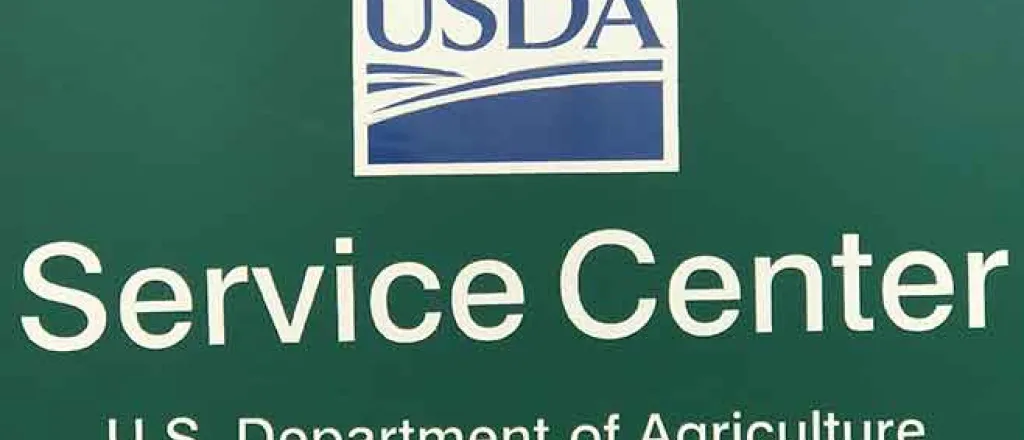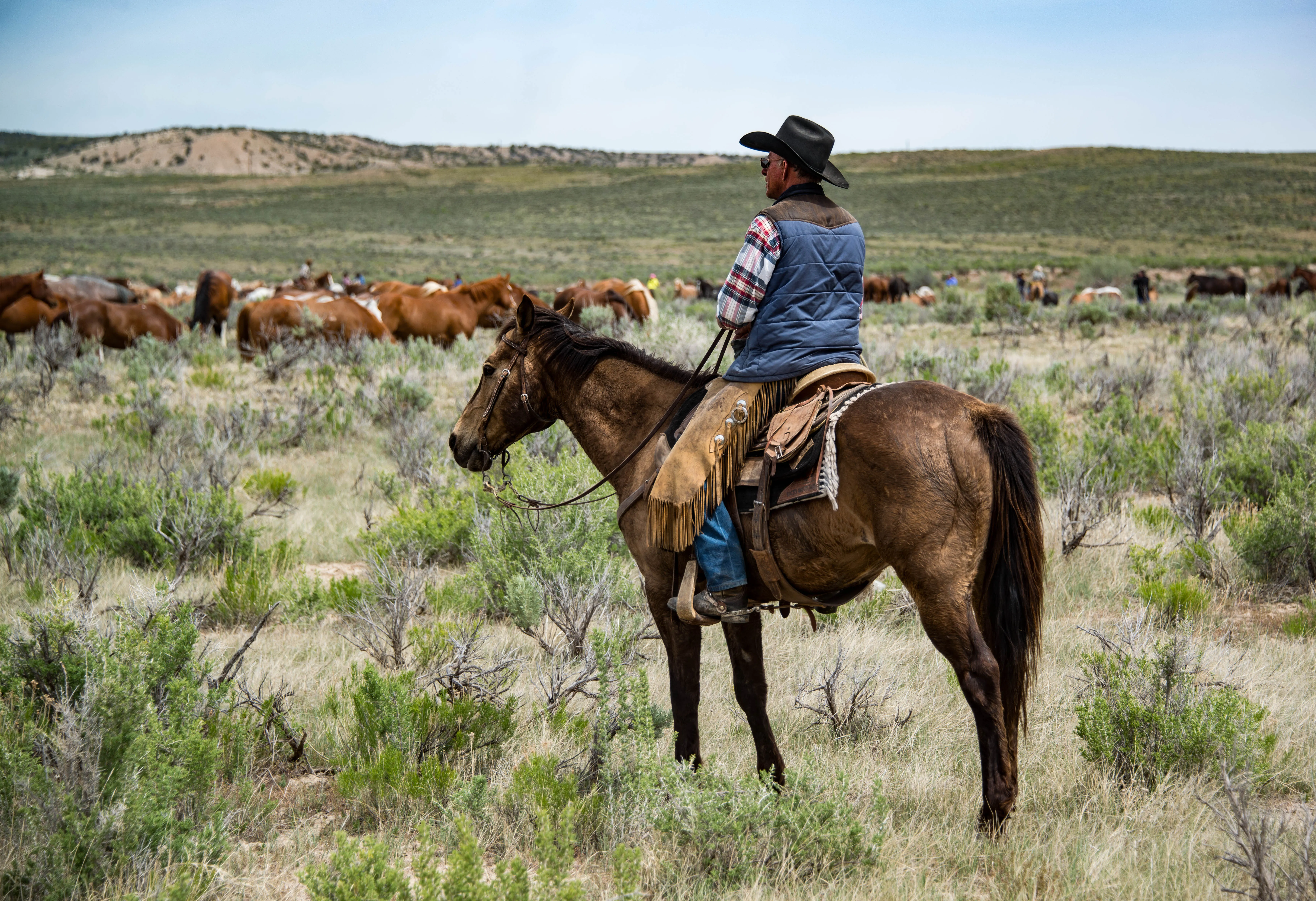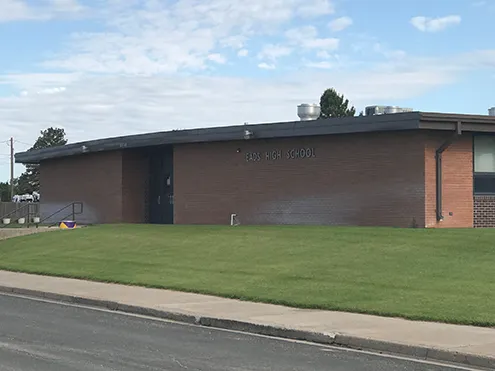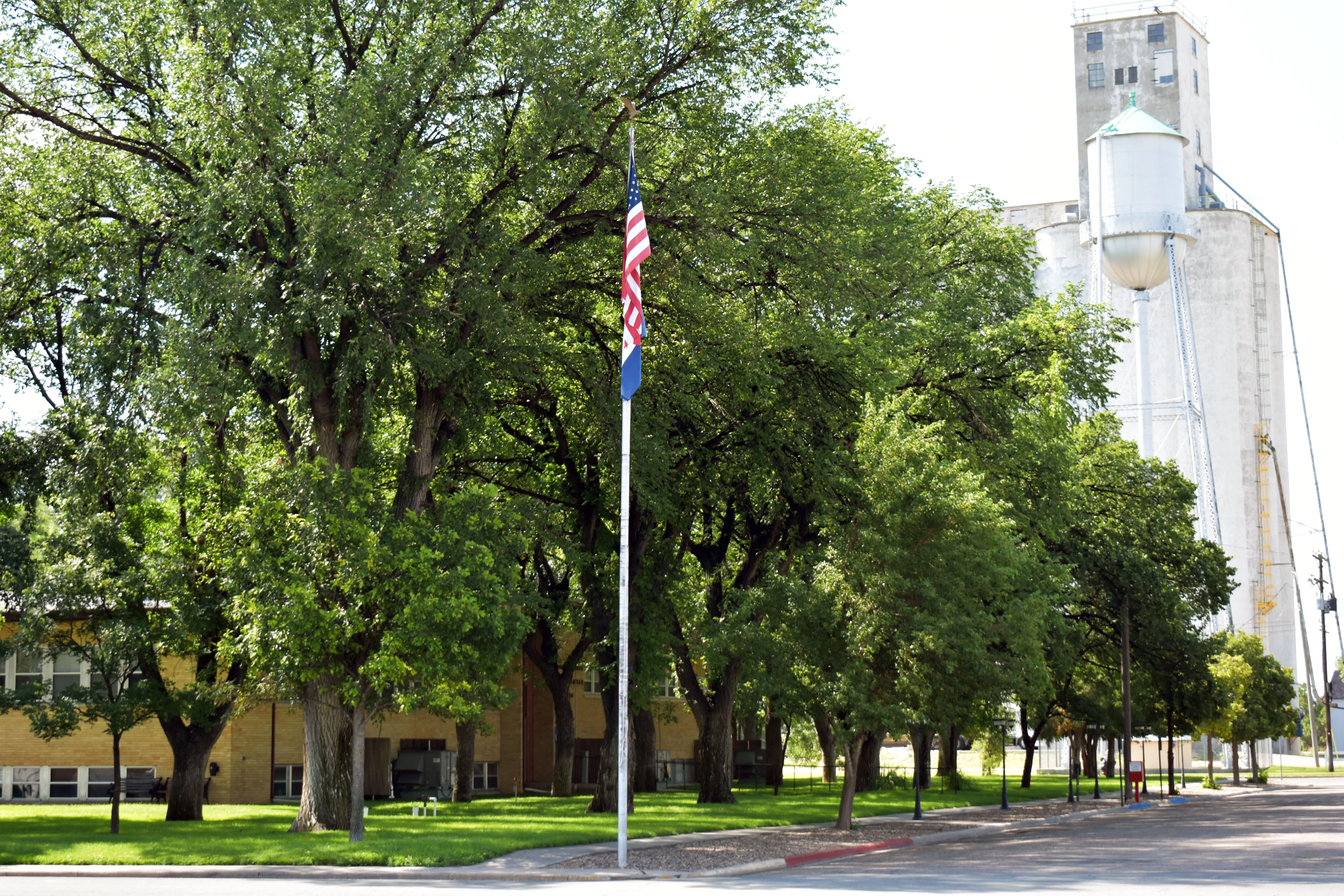
USDA Update – August 23, 2022
IMPORTANT DATES TO REMEMBER:
- NAP DEADLINE - September 1, 2022, for Triticale, Rye, Canola, and asparagus
- SERVICE CENTER CLOSED - Monday, September 5, 2022, in observance of Labor Day.
- EMERGENCY RELIEF PROGRAM – Phase 1 – Deadline TBD
- LIVESTOCK FORAGE PROGRAM – Applications are being accepted. Deadline to submit signed application – January 30, 2023.
- CRP GRASSLANDS SU 204 - Conservation Plan deadline September 9, 2022
Disclaimer: Information in this UPDATE is pertinent to Kiowa County FSA only. Producers reading this and that do not have FSA interest in Kiowa County are advised to contact their local FSA Office.
THE USDA SERVICE CENTER HAS A DROP BOX AVAILABLE ON THE EAST SIDE OF THE BUILDING.
EMERGENCY RELIEF PROGRAM (ERP)
The U.S. Department of Agriculture (USDA) today announced another installment (phase) in assistance to commodity and specialty crop producers impacted by natural disaster events in 2020 and 2021. More than 18,000 producers will soon receive new or updated pre-filled disaster applications to offset eligible crop losses. Approximately $6.4 billion has already been distributed to 165,000 producers through USDA’s Farm Service Agency’s (FSA) Emergency Relief Program (ERP).
“We knew when we announced ERP in May that we would have additional applications to send toward the end of the summer as we received new information, and we came to know of producers who were inadvertently left out of the first data set we used,” said USDA Under Secretary for Farm Production and Conservation Robert Bonnie. “I am proud of our team's continued effort to capture additional insurance records to enable over 18,000 producers to receive new or updated pre-filled disaster applications to provide much needed financial relief.”
FSA will begin mailing pre-filled applications in late August to producers who have potentially eligible losses and:
- Received crop insurance indemnities for qualifying 2020 and 2021 disaster events after May 2, 2022.
- Received crop insurance indemnities associated with Nursery, Supplemental Coverage Option (SCO), Stacked Income Protection Plan (STAX), Enhanced Coverage Option (ECO) and Margin Protection (MP) policies.
- New primary policyholders not included in the initial insured producer Phase 1 mailing from May 25, 2022, because their claim records had not been filled.
- Certain 2020 prevent plant losses related to qualifying 2020 disaster events that had only been recorded in crop insurance records as related to 2019 adverse weather events and, as such, were not previously provided in applications sent earlier this year.
- New Substantial Beneficial Interest (SBI) records, including SBIs where tax identification numbers were corrected.
NOTE:
FSA Offices have not been informed of a specific date of when the 2022 wheat losses will be available for ERP payments.
Producers are expected to receive assistance direct deposited into their bank account within three business days after they sign and return the pre-filled application to the FSA county office and the county office enters the application into the system.
Before applying any program payment factors or eligibility criteria, it is estimated that this next installment (phase) may generate about $756 million in assistance.
Emergency Relief Payments to Date
This emergency relief under ERP complements ERP assistance recently provided to more than 165,000 producers who had received crop insurance indemnities and Noninsured Crop Disaster Assistance Program (NAP) payments for qualifying losses. USDA has processed more than 255,000 applications for ERP, and to date, has made approximately $6.4 billion in payments to commodity and specialty crop producers to help offset eligible losses from qualifying 2020 and 2021 natural disasters. Also, earlier this year, staff processed more than 100,000 payments through the Emergency Livestock Relief Program (ELRP) and paid eligible producers more than $601.3 million for 2021 grazing losses within days of the program announcement.
Phase Two
The second phase of both ERP and ELRP will be aimed at filling gaps and provide assistance to producers who did not participate in or receive payments through the existing risk management programs that are being leveraged for phase one implementation. USDA will keep producers and stakeholders informed as program details are made available.
More Information
In addition, on Aug. 18, 2022, USDA published a technical correction to the Notice of Funds Availability for ERP and ELRP to clarify how income from the sale of farm equipment and the provision of production inputs and services to farmers, ranchers, foresters, and farm operations are to be considered in the calculation of average adjusted gross farm income. Producers whose average adjusted gross farm income is at least 75% of the producer’s the average Adjusted Gross Income can gain access to a higher payment limitation.
ERP and the previously announced ELRP are authorized by the Extending Government Funding and Delivering Emergency Assistance Act, which President Biden signed into law in 2021. The law provided $10 billion to help agricultural producers impacted by wildfires, droughts, hurricanes, winter storms and other eligible disasters experienced during calendar years 2020 and 2021.
NAP DEADLINE
Thursday, September 1, 2022, is the final day to apply for NAP or Noninsured Assistance Program coverage with the required service fee to the FSA Office for the following crops.
- Rye
- Triticale
- Canola
- Asparagus
Service Fees
Service Fees and Premiums For all coverage levels, the NAP service fee is the lesser of $325 per crop or $825 per producer per administrative county, not to exceed a total of $1,950 for a producer with farming interests in multiple counties. Producers who elect higher levels of coverage must also pay a premium equal to:
- The producer’s share of the crop; times
- The number of eligible acres devoted to the crop, times
- The approved yield per acre; times
- The coverage level; times
- The average market price; times
- A 5.25 percent premium fee.
For value loss crops, premiums will be calculated using the maximum dollar value selected by the producer on form CCC-471, “Application for Coverage.” The maximum premium for a person or legal entity that is a NAP covered producer is $15,750 (the maximum payment limitation times a 5.25 percent premium fee) for an application for basic coverage only. If the NAP covered producer is a joint operation, the maximum premium is based on the number of multiple persons or legal entities comprising the joint operation. Beginning, limited resource, socially disadvantaged and qualifying veterans’ farmers or ranchers are eligible for a waiver of the service fee and a 50 percent premium reduction when they file form CCC-860, “Socially Disadvantaged, Limited Resource, Veteran, or Beginning Farmer or Rancher Certification
LIVESTOCK FORAGE PROGRAM aka LFP
The Kiowa County FSA Office is accepting applications for 2022 LFP. Kiowa County is eligible for a one-month payment for small grains for grazing and three-month payment on native grass.
For the three-month payment on native grass, the office will need to know the number of weaned livestock eligible producers owned, share or cash leased or were a contract grower as of May 17, 2022. For the one-month payment on small grains, such as wheat certified for grazing the date will be January 31, 2022, and the number of cattle that grazed or would have grazed the small grain crop.
To qualify for LFP; producers must have interest in both livestock and grazing acres. Interest in one of the qualifying factors and not the other negates eligibility. Grazing land interest is determined by the data available on the FSA-578, report of commodities filed in the administrative FSA county office. The livestock ownership can be determined by names on registered brand and/or sale documentation or other documentation approved by the County Committee.
Majority of all Colorado counties are eligible for LFP; it is the producer’s responsibility to contact the office and schedule an appointment. The final date to submit a complete application for 2022 LFP is January 30, 2023















